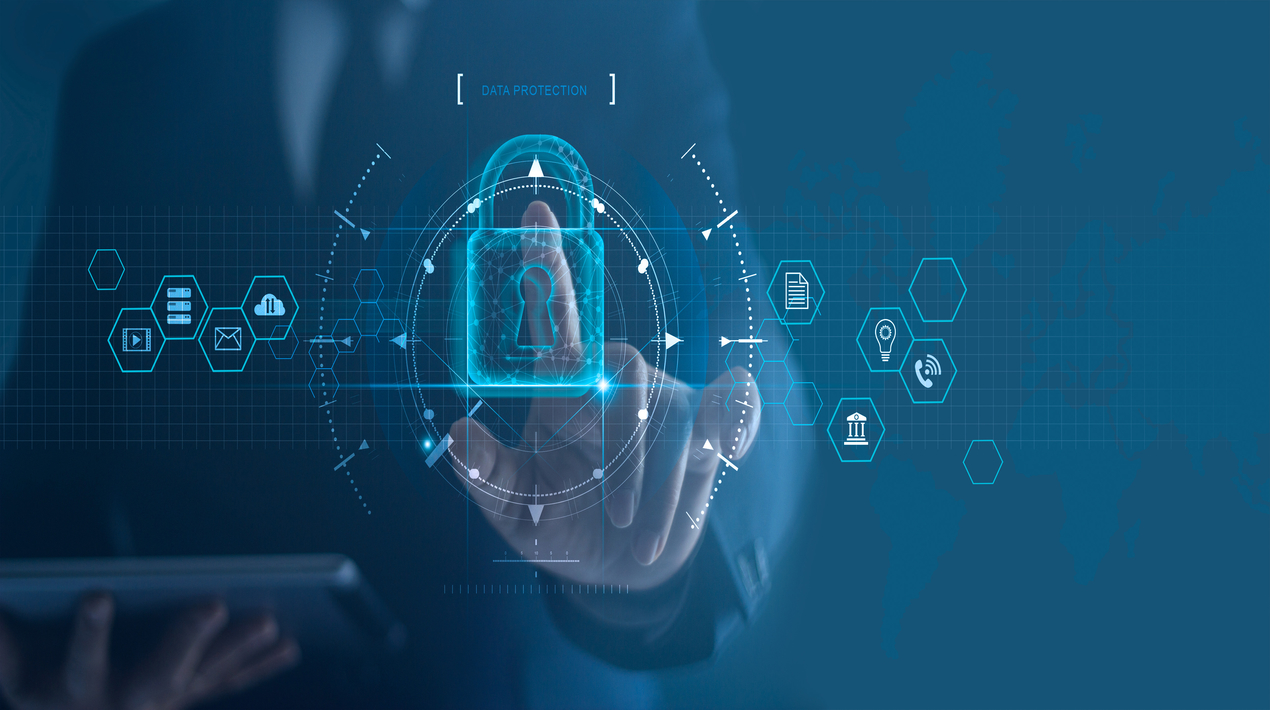
Cyber-attacks are becoming more common around the world, with healthcare and utilities being the most often attacked industries. Organisations must be able to not just protect against attacks but also promptly recover from catastrophic disruptions. To secure against cyber threats, business executives must incorporate cyber resilience throughout their businesses. The national cyber security summit, which will be held in Wellington early next year, is already creating a lot of attention.
Following the recent ransomware and trojan attacks in both New Zealand and Australia, cyber security has risen to the top of every company’s priority list. CERT New Zealand said that cyber-attacks increased by 65% in 2020, despite high-profile cases making the headlines.
According to a new report, cyber threats are increasing in New Zealand as attacks become more complex. The annual National Cyber Security Centre threat report stated that 404 events affecting nationally significant organisations occurred in the financial year 2020/21. This was a 15% rise over the previous year’s total. 28% showed links to suspected state-sponsored actors, while about the same amount were criminally and financially motivated. There have been several high-profile cyber-attacks in New Zealand recently, including the NZX, banks, and Waikato Hospital.
Malicious cyber actors are increasingly relying on automated scanning to find cyber security flaws, with the actors returning to high-value targets to hack. To place more pressure on a victim and hasten their extortion demands, criminal actors will frequently disrupt key services and disseminate stolen documents to the internet and other outlets.
According to NZTech Chief Executive, Graeme Muller, business important activities have been disrupted, data has been compromised, and the danger continues to evolve at a rapid pace. Many important service providers, including energy, healthcare, food, and transportation, have been targeted by ransomware assaults this year, disrupting their operations and compromising important processes that have been relied on.
The pandemic has brought to light even more potential and threats. A survey said that ransomware assaults have increased by 102% globally since the beginning of 2020, with healthcare and utilities being the most targeted sectors.
Most firms have realised that they need to invest substantial funds and efforts in cybersecurity. Global spending has now surpassed $145 billion per year and is expected to surpass $1 trillion by 2035. It is stressed that no business has the resources to repair all cyber vulnerabilities, and not all fixes are equally critical, according to the report. Only by beginning to identify operations that are critical to a business and understanding how attacks could disrupt them can the risk mitigation process be prioritised.
“We’re at a crossroad where cyber resilience has become a defining mandate of our time, to anticipate future threats, withstand, recover from cyber-attacks, and adapt to future digital shocks,” Muller says. “We have high expectations when it comes to security in the physical world and the government, businesses, and individuals invest in physical security at a much high rate than cyber security, thus it is time to treat the security of our digital and physical worlds as equally important and invest appropriately as a nation.”
OpenGov Asia reported, New Zealand’s broadcast, telecommunications, and ICT company is launching an academy to develop Kiwi talent and foster diversity in the cyber security industry. The launch of its scholarship-based “Cyber Academy,” a six-week intensive course with hands-on training for twelve students, was a New Zealand first.
The state-owned company stated that cybercrime was at an all-time high, with regular large-scale attacks and an uncountable number of smaller attacks targeting businesses and individuals every day. Hence, cyber security has become one of the most in-demand professions in the world. However, there were three and a half million unfilled cyber security jobs globally, and many applicants were inadequately qualified. The academy is said to help grow and expand New Zealand’s cyber security sector and nurture Kiwi talent.
















